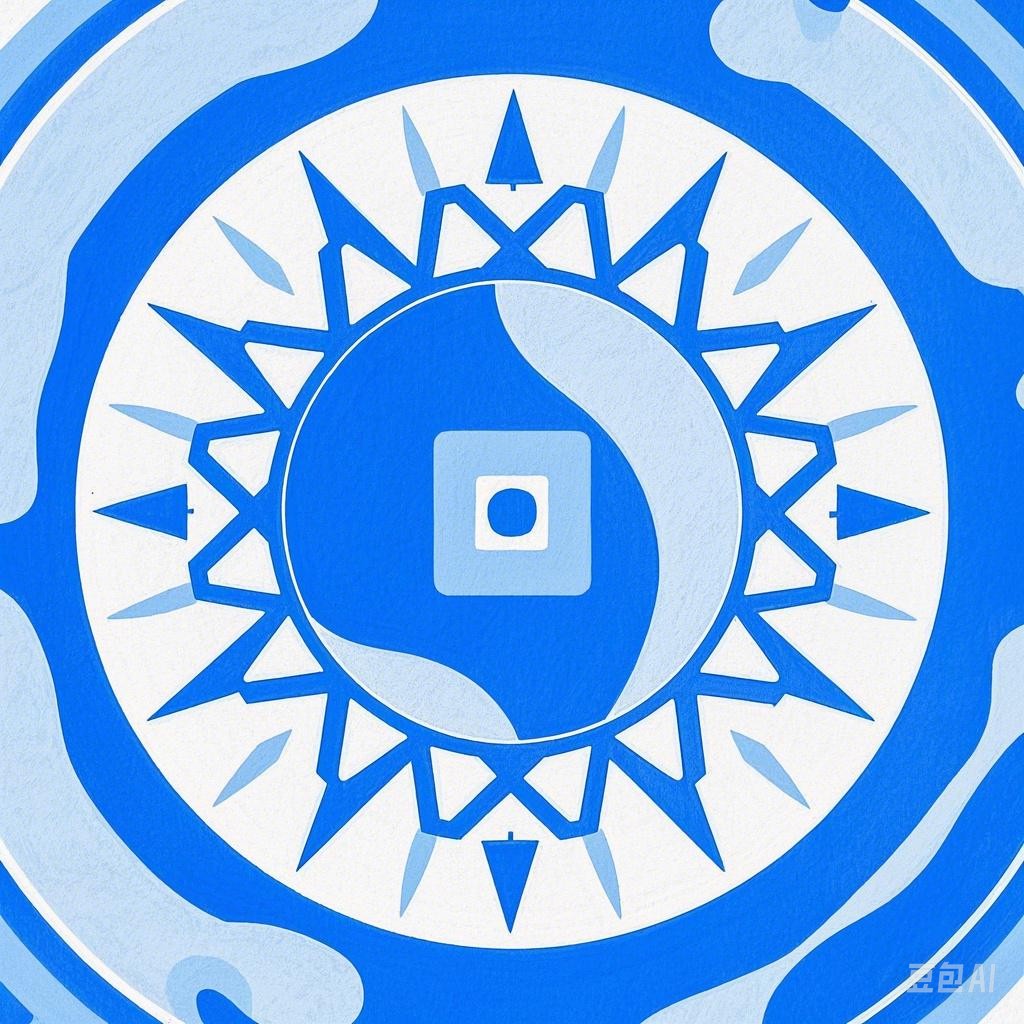The Spring Equinox, also known as the Vernal Equinox, marks the moment when day and night are of equal length, heralding the arrival of spring. This astronomical event is celebrated in various ways across the globe, reflecting the diverse cultural and historical significance of this time of year. This article will explore some of the most notable Spring Equinox celebrations around the world.
1. Easter Celebrations in Christianity
In many Christian countries, the Spring Equinox is closely associated with Easter, which commemorates the resurrection of Jesus Christ. The date of Easter is determined by the lunar cycle and falls on the first Sunday after the first full moon following the Spring Equinox. In countries like the United States, the United Kingdom, and Germany, people celebrate with egg hunts, special church services, and the exchange of gifts.
Easter Egg Hunt
One of the most popular Spring Equinox traditions is the Easter egg hunt. Eggs symbolize new life and rebirth, and the hunt is a fun way to bring families together. Children search for colorful eggs hidden in gardens, parks, or homes, often with the guidance of an adult.
2. Holi in India
Holi, also known as the Festival of Colors, is a Hindu festival that celebrates the arrival of spring. It is one of the most vibrant and joyous festivals in India, with people of all ages coming together to dance, sing, and throw colored powders (gulal) on each other. The festival also marks the victory of good over evil and the triumph of love over hatred.
Holi Celebrations
- Rangwali Holi: The day begins with a sunrise ritual, followed by a feast. People then gather in public areas to celebrate, applying colored powders on each other and dancing to traditional music.
- Dhuleti: In some regions, a night celebration called Dhuleti takes place, where people visit friends and family, exchange sweets, and play with colored water.
3. Seollal in Korea
Seollal, also known as Korean New Year, is a traditional holiday celebrated in Korea. It marks the beginning of spring and is based on the lunar calendar. The festival is characterized by family reunions, traditional performances, and the consumption of various foods.
Seollal Celebrations
- Seol: The day before the festival, families clean their homes and prepare for the new year. This is known as Seol.
- Charye: On the first day of the festival, families visit their ancestors’ graves to pay their respects.
- Tteokguk: A traditional rice cake soup called Tteokguk is eaten to bring good luck and longevity.
4. Vernal Equinox Day in Japan
Vernal Equinox Day is a national holiday in Japan, celebrated on March 20 or 21 each year. It is a time for honoring ancestors and expressing gratitude for the new season. The day is marked by various customs, including visiting graves, making visits to temples and shrines, and enjoying the blooming cherry blossoms.
Vernal Equinox Day Celebrations
- Hatsumode: People visit shrines and temples to offer prayers for good fortune and health.
- Hanami: The cherry blossoms are in full bloom during this time, and people gather in parks to enjoy the flowers and have picnics.
- Omisoka: On the eve of the festival, families gather for a special meal called Omisoka.
5. Alban Eilir in the Celtic World
In the Celtic world, the Spring Equinox is known as Alban Eilir, which means “Light of the Earth.” This festival celebrates the return of light and the beginning of the agricultural season. Alban Eilir is a time for rituals, feasts, and gatherings to honor the deities associated with the spring.
Alban Eilir Celebrations
- Rites and Rituals: People perform rituals to honor the deities and ask for protection and guidance for the coming year.
- Feasts and Gatherings: The festival is often celebrated with feasts and gatherings, where people share stories and songs.
Conclusion
The Spring Equinox is a time of renewal and celebration across the globe. From the Christian Easter celebrations to the vibrant Holi festival in India, these diverse traditions reflect the universal theme of new beginnings and the beauty of spring.
